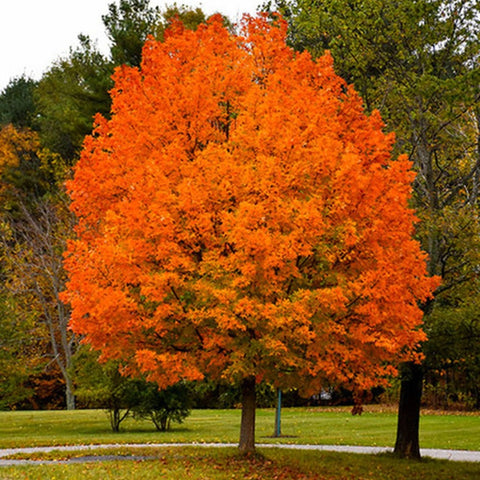Sugar Maple Bareroot Live Plant famous Sugar Maple, one of the primary sources of maple syrup. Very popular as an ornamental for its brilliant fall-colored leaves which shine in red, orange, and yellow. The trunk can be tapped for edible syrup. This variety naturally grows in the northern United States and Canada, so it is well adapted to humid summer climates with winter freezes. Grows to 20-30 ft / 6-9 m.
Disease resistant Self-pollinating. Zones 5-10 100% Open Pollinated 100% Heirloom 100% Non-Hybrid 100% Non-GMO
Disease resistant Self-pollinating. Zones 5-10 100% Open Pollinated 100% Heirloom 100% Non-Hybrid 100% Non-GMO








